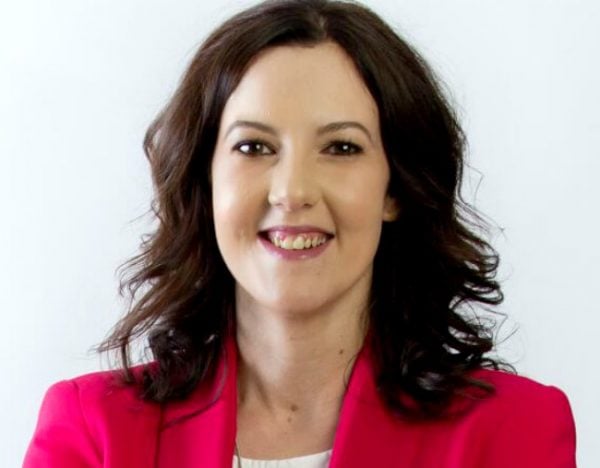In a world where we pay for things by tapping a plastic card (or even our phones), where apps help us manage everything from paying our bills to splitting dinner with our friends, and new currencies are popping up that don’t even have real notes or coins (hello bitcoin), how do we teach kids the value of money – when they can’t physically see it?
I’ve always been an advocate for open conversations about money in general, but now more than ever it’s essential that we start educating our kids when they’re young – where it comes from, how it works, what it does. So here are eight simple lessons to help you raise money-savvy kids:

1. It’s important to talk about money.
Recently another mum from my mothers’ group told me that her five-year-old son thought they got paid to shop (I wish)! She would often take cash out while making purchases, for example at Woolies or when buying a happy meal – so for her son, he saw that they would turn up to the store, collect their items and then get given cash. A reasonable assumption really! As parents, we know that kids interpret what they see (or don’t see) literally so openly talking about money can help to disperse those accidental misconceptions.

Top Comments
My eleven year old delivers junk mail for money. The money isn’t great -he gets on average forty dollars a week for a few hours of work, but he is very reluctant to part with his hard-earned money! He certainly understands that money doesn’t come easily.
"her five-year-old son thought they got paid to shop...She would often take cash out while making purchases, [...] so for her son, he saw that they would turn up to the store, collect their items and then get given cash."
LOL. I hadn't thought of that. I suppose it's a bit like kids thinking money just comes out of a hole in the wall.